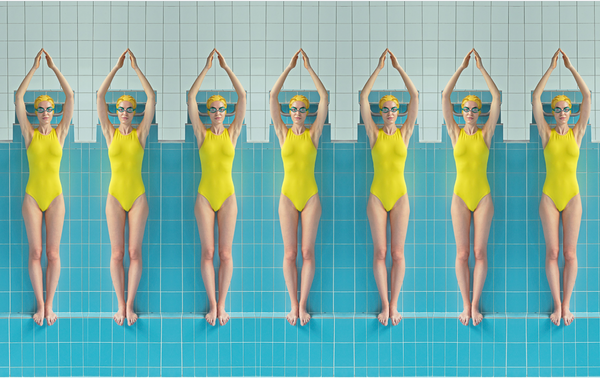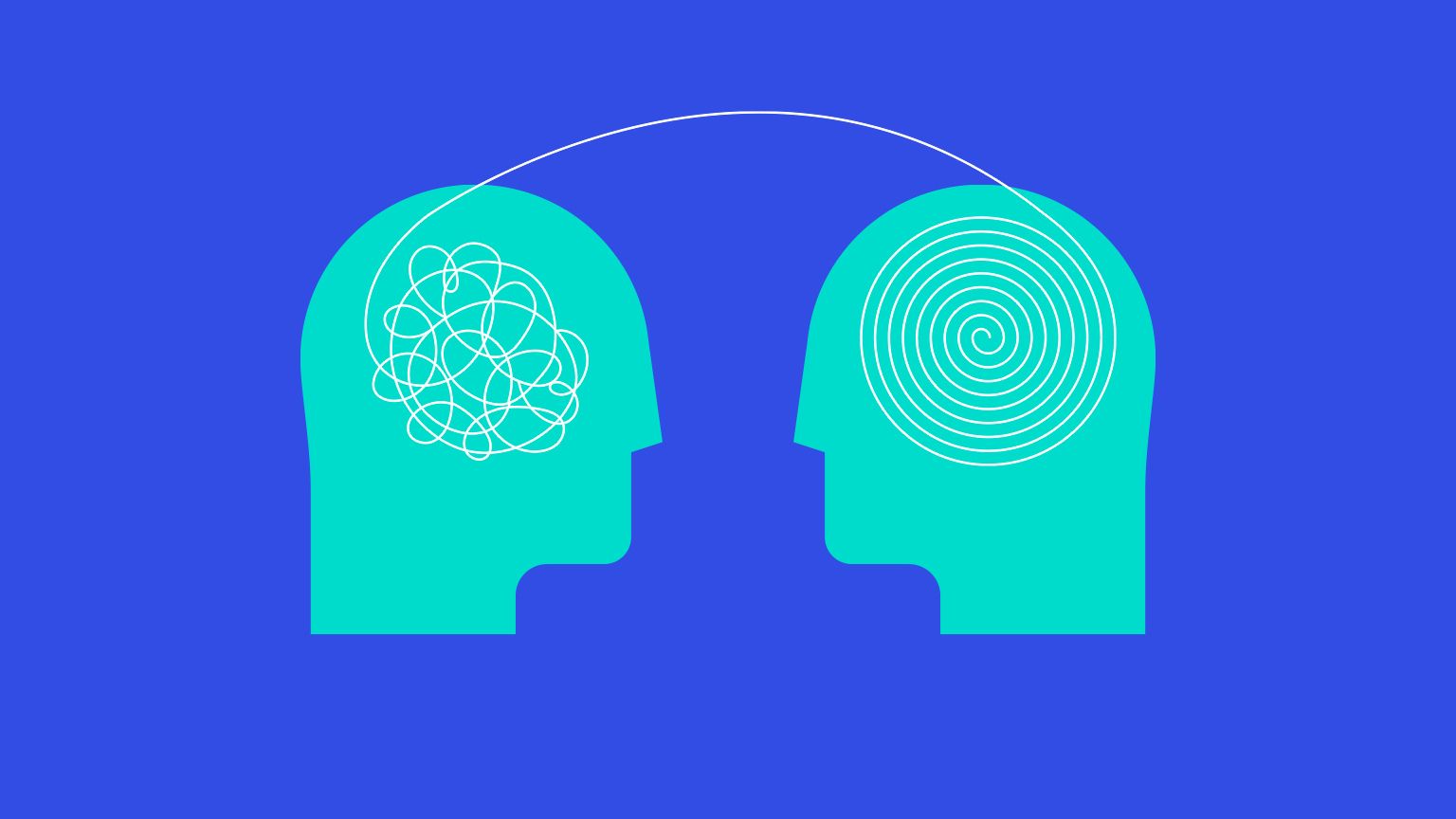We would have a hard job if we were to define design with a single word—on top, in Hungarian, design is often (wrongly) interpreted as industrial design, yet it means so much more: especially today, when we are using countless of (digital) services and products. In our freshly launched series, the employees of Frontira specializing in strategic design help us better understand what service design is and how a company can benefit from it. Let’s get started with our “teaser” episode!
If we look around in the business world today, we see that design studios as well as service or product design firms are multiplying by the day. Big corporations are now looking for new employees to fill new positions such as customer experience designer, service designer, experience designer and business designer.
But how are the design profession and the business sphere related to each other?
This is a fair question, as in the business world we are looking for tried-and-true and well-defined processes and activities, most of the time with a risk-averse attitude. On the other hand, intuition lies at the core of the design mindset. While in the business sphere it is a universal practice to draw conclusions as to what will happen in the future from past data, and most often we are looking for reliable solutions, designers are much better at handling uncertainties—or they don’t even perceive the given situation as uncertain. They primarily focus on validity, that is, to solve the problem that needs to be solved. They don’t mind if they don’t know what the solution will be right at the beginning of a process, quite the opposite: it is quite comfortable for them to adapt the original plan during the creative process when it turns out that something else is needed.
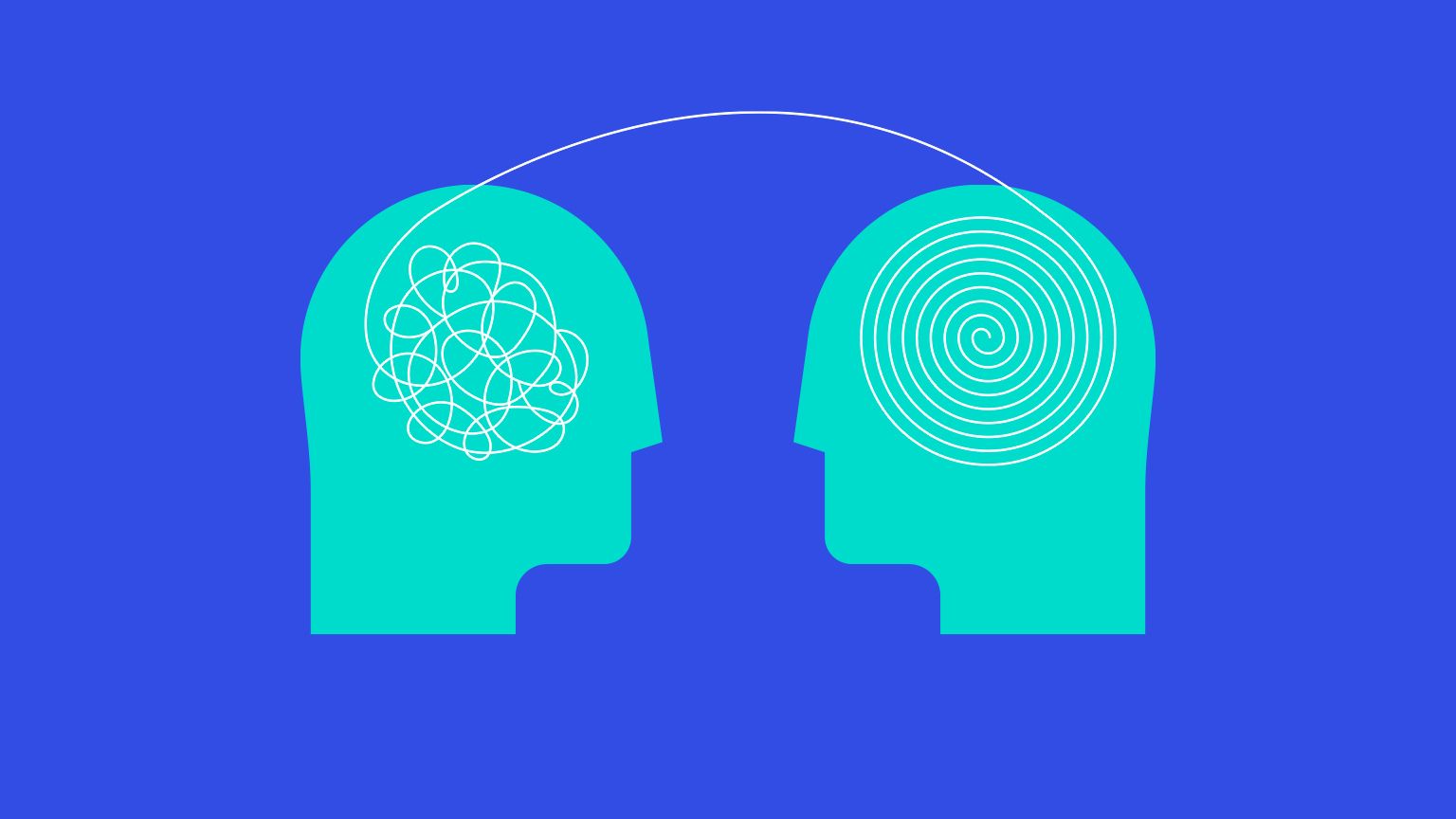
When a company is to create a new service or wants to improve an existing one, in addition to considering business objectives, they should also understand the perspectives of the users of that given service. If we understand the preferences and motivations of these people and in what context they wish to use the given service, it’s more likely that we’ll be headed towards a direction that will solve a real problem right at the very beginning of design.
This is why experts that can put themselves in the position of users and don’t feel embarrassed if they only see the next two steps on the road to the solution should be involved in service development processes.
This is where designers come into the picture.
A fundamental principle of the design mindset is to “solve the right problem, solve the problem right,” that is, understanding the context of the problem, empathizing with the users, then continuous testing and iteration are necessary parts of the creative problem-solving process.
This approach may sound simple in theory, yet in a company, where the manager and the designer work together, it requires an ability to adapt and openness from both parties. In exchange, the business side gets to explore the power of research, prototype building and testing and becomes open to novelties, while designers can gain an understanding of business terminology and can understand better how effectiveness changes with the improvement of services.
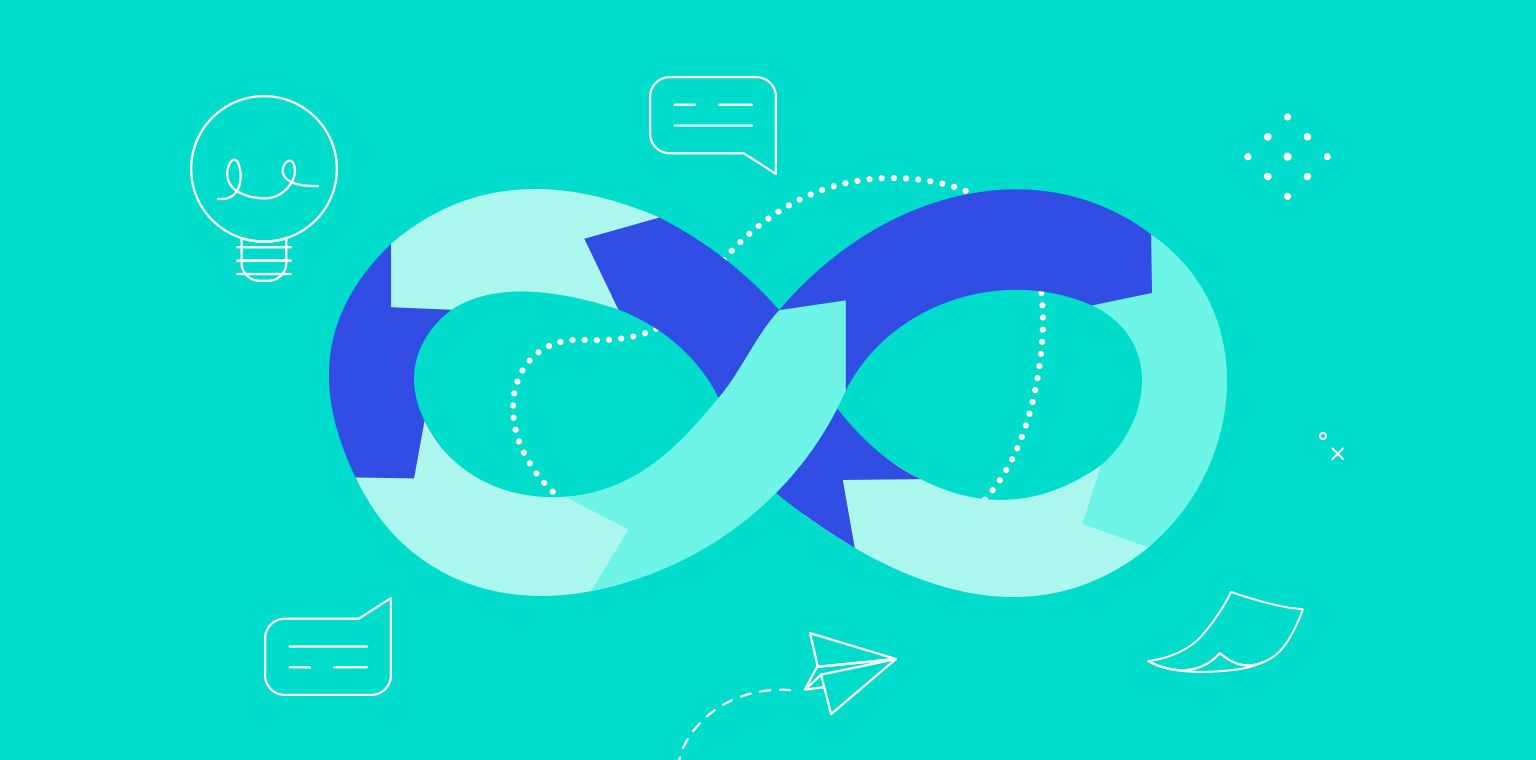
The establishment of innovation culture is facilitated by the creation of multidisciplinary teams, while inviting designers to corporate environments and thinking together create a true value: it enhances the better understanding of each other and the users, it allows for advocacy and if the organization is open, it can entail both cultural and economic benefits. And this can, in turn, contribute to the efficient and successful operation of a corporation.
Frontira’s newly launched monthly series presents topics in which the application of a design mindset creates a business value for the service provider and use value to the user.
Author of the article: Judit Kertész | Executive manager | Frontira

Frontira | Web | Facebook | Instagram
In our monthly series, we explore the various fields of design with the help of Frontira to understand the role of design beyond industrial design. What role does design play in building up human behavioral patterns? How can a service be a good experience and what digital product design toolset do we need for it? Calling itself the “company of strange problems,” Frontira answers questions like this, in an exciting and comprehensible manner.
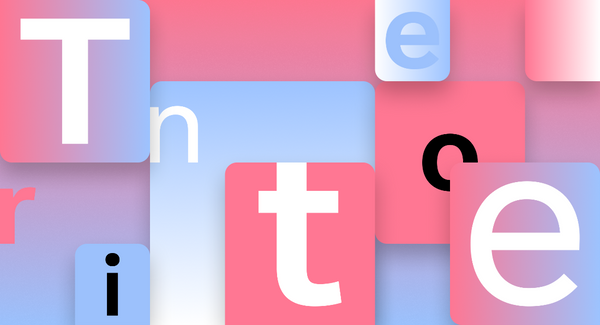
It's over for Calibri: Microsoft is looking for a new font

High quality both inside and out: Casino Mocca debuts new brand identity
